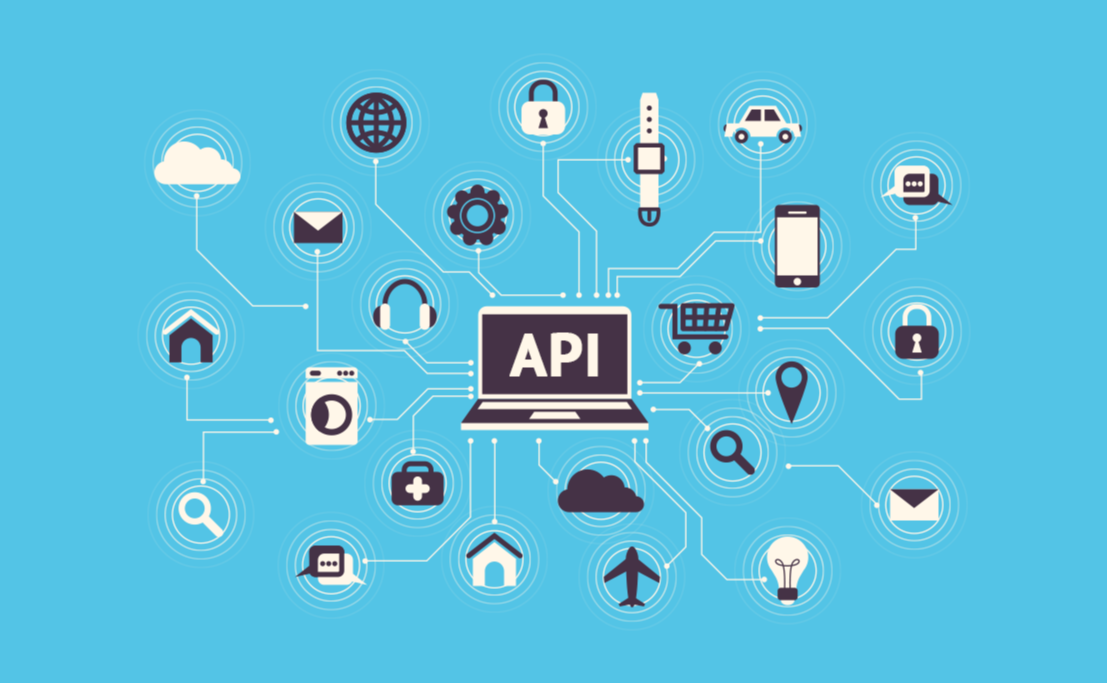Overview: APIs provide access to valuable mainframe data, but deciding whether to add to an existing API or create a new one can be a difficult task. Evaluating a variety of factors can help make it easier to determine which option makes sense.
As applications evolve, they will often need access to data and processing on the mainframe. If the necessary APIs are available, this becomes an easy task, however, the architecture isn’t always there, creating a roadblock. Teams are faced with choices on how to deliver value quickly and set up the architecture to address future challenges.
Assuming you have calls that may not deliver all the information you need, the choice is whether to add on to the existing call or produce a new call. How many calls should you have to do? When does it make sense to take the development time to make just one call? Conceptually speaking, one must look at the structure/design and make decisions based on what is already in place. Questions may arise, such as which applications are currently using this API and how changes will affect them. On that note, one must also keep in mind the complexity of adding additional APIs, whether it is on the side that is consuming the API or on the opposite side that is producing it. Your goal may be to always have just one call for information. That might be desirable but isn’t always necessary. Don’t let this desire for one-call purity stop you from innovating.
#api #api design #mainframe #api architecture #adoption of apis
